The resource and energy efficiency of an economy is more than the sum of the efficiencies of all its components. Decoupling economic growth from resource and energy use, requires understanding how the individual components operate, but above all, it
asks for oversight of how individual elements interact and work together to deliver a diverse set of services to society.
By mapping out the flows and stocks of a jurisdiction, the focus shifts from environmental issues and short-term priorities to the performance of the overall system and “the development of an integrated development perspective that includes all levels and
sectors”. Making an inventory of flows and stocks is like looking at a single jurisdiction as a ‘metabolism’. This is the new paradigm for understanding resource efficiency and the underlying causes of environmental issues in cities and regions. It helps understand how
materials, products and assets perform and interact,in order to optimise and achieve synergies between systems.
Data visualization is an effective means to help stakeholders develop a consensus on the current situation, and from there explore the challenges and opportunities. This article gives an overview of the visuals which haven been used in Almaty to allow stakeholders identify the opportunities themselves.
Current situation, development and ambitions
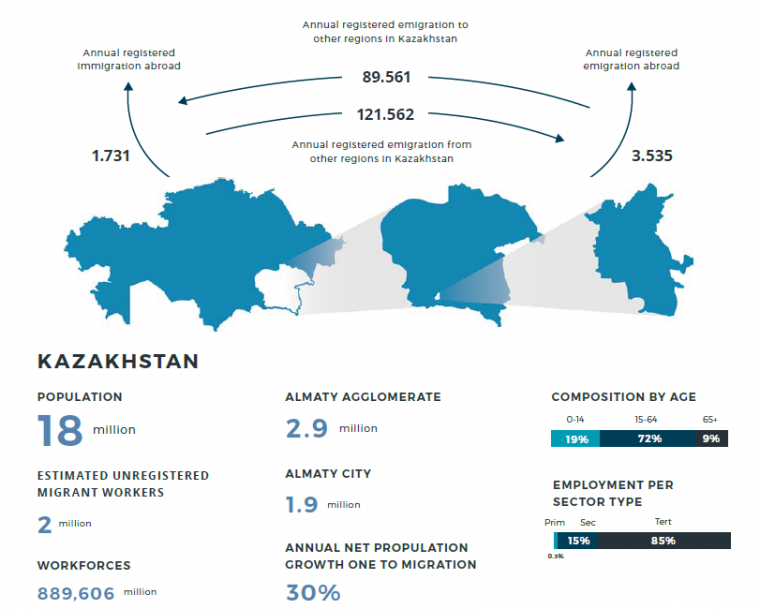
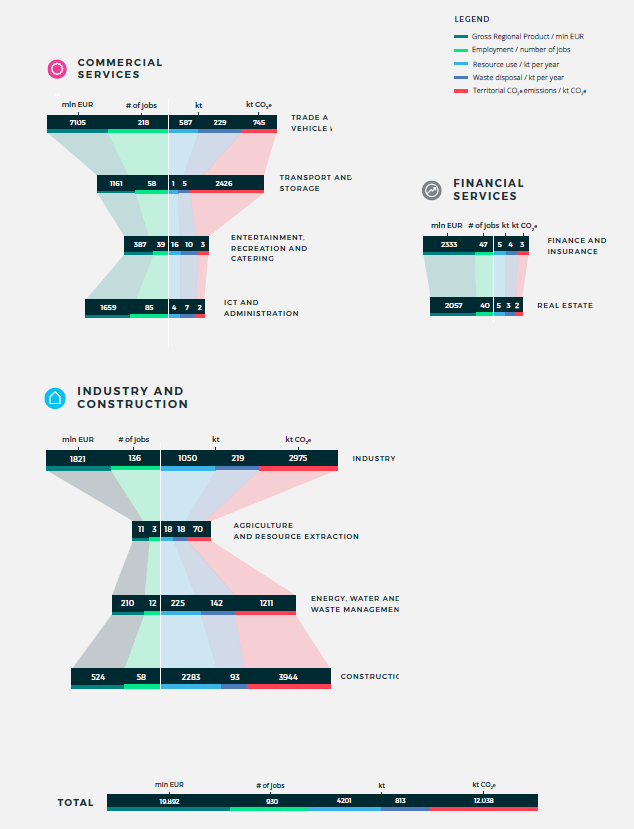
Circular economy opportunities by mapping out resource flows
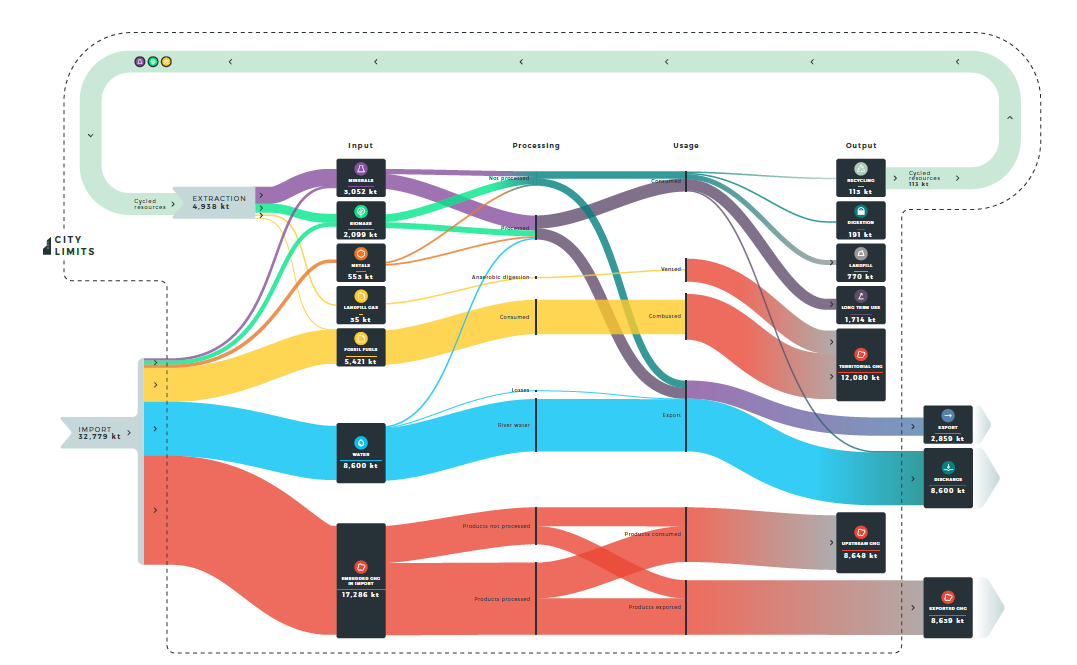

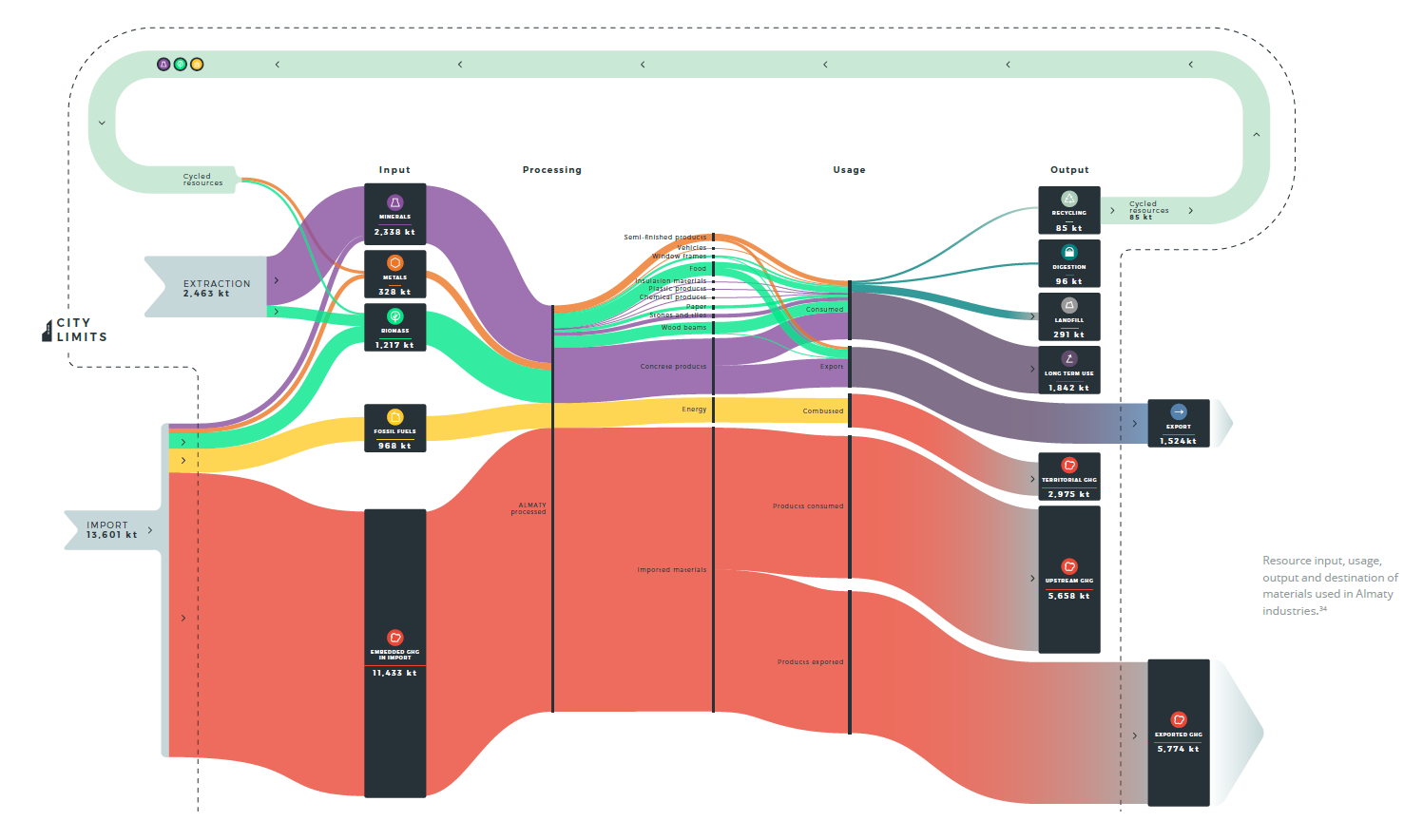
Circular economy strategies and next steps
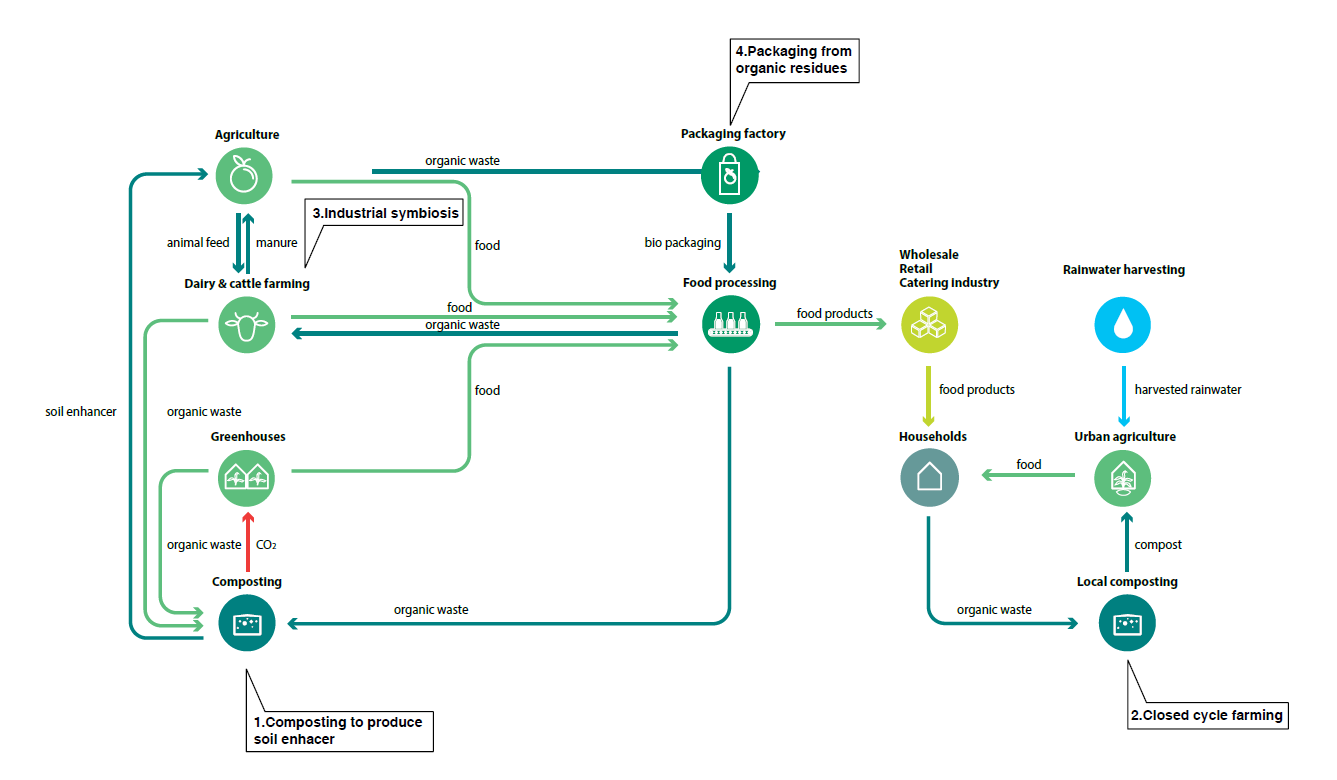
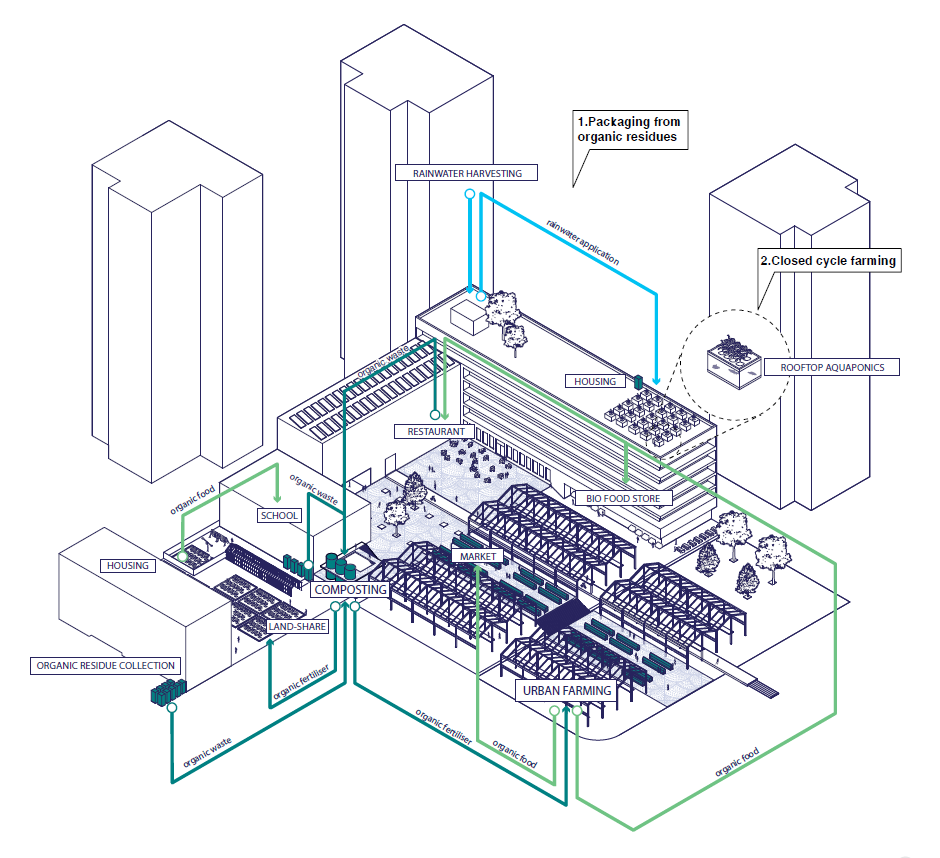
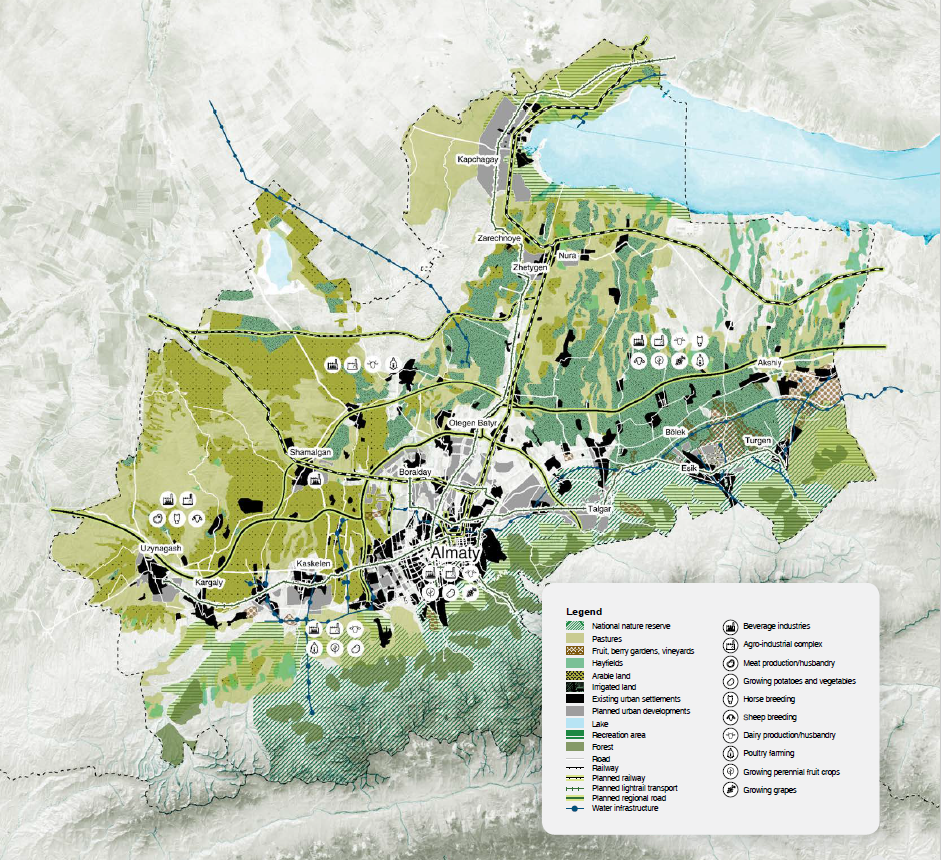
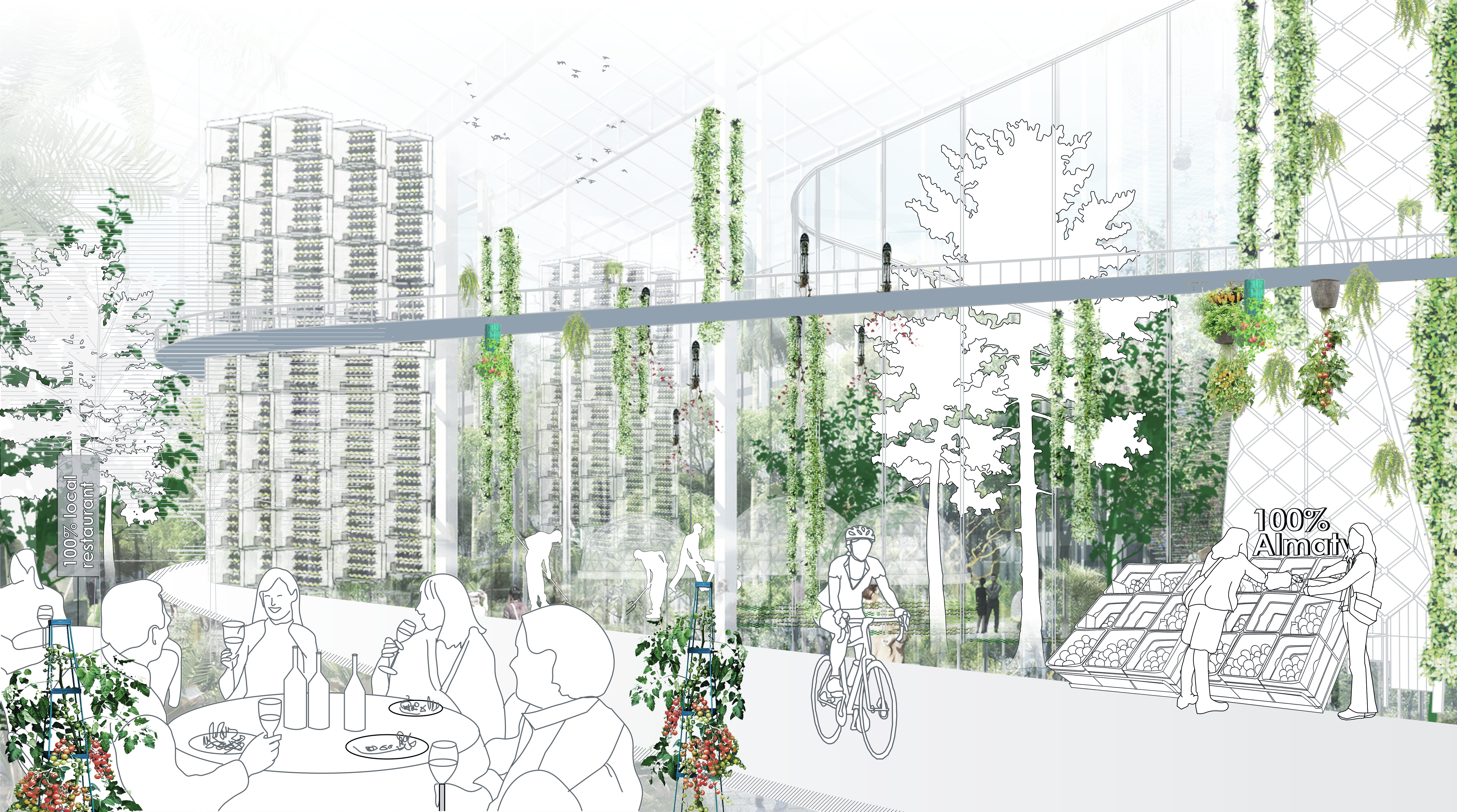
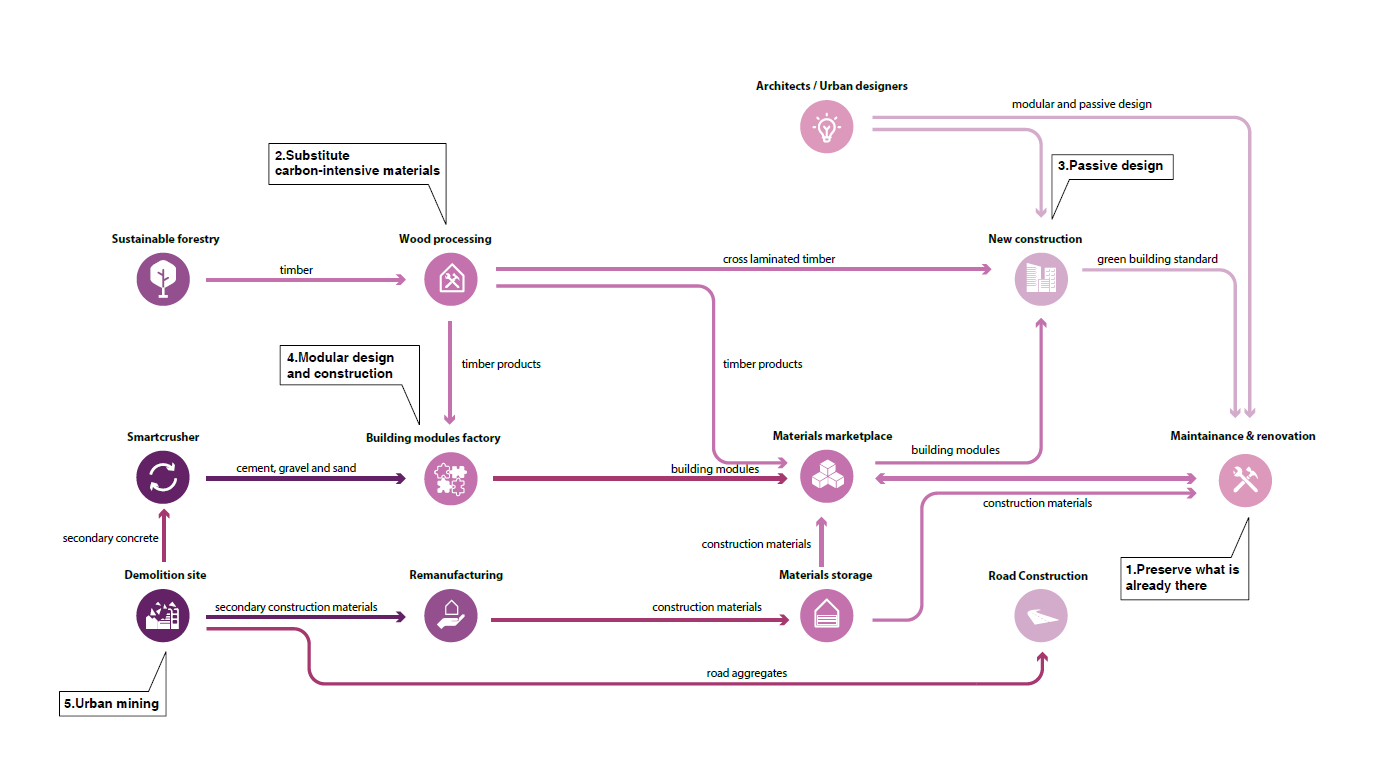
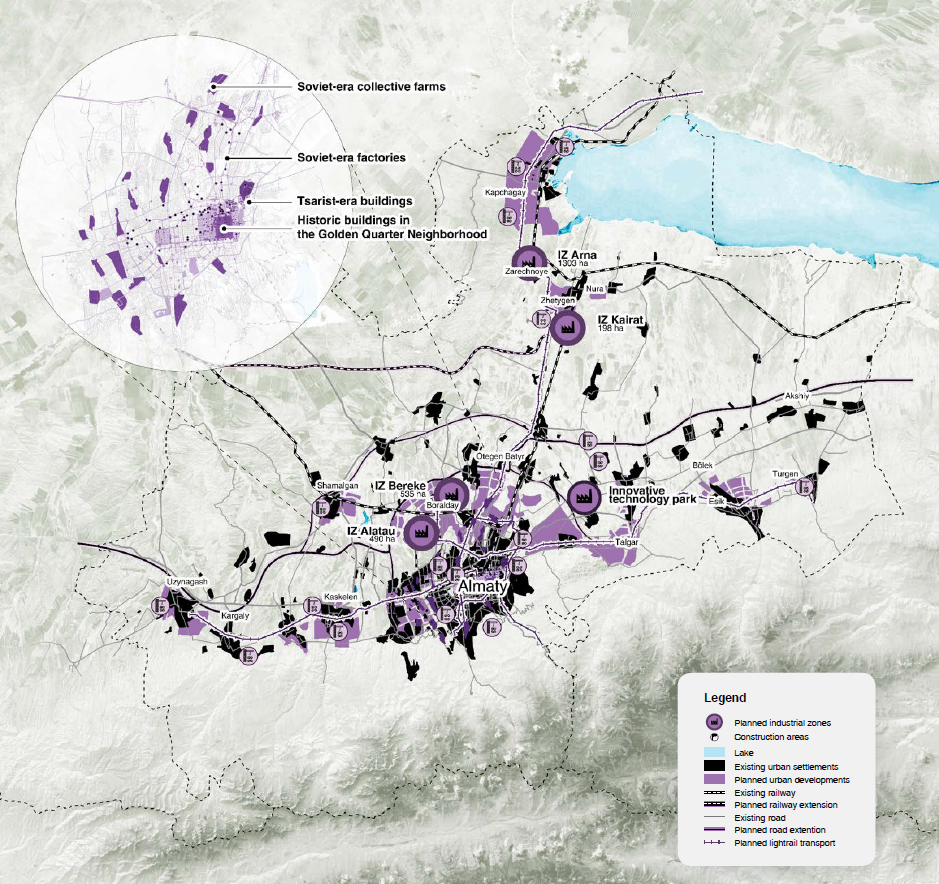
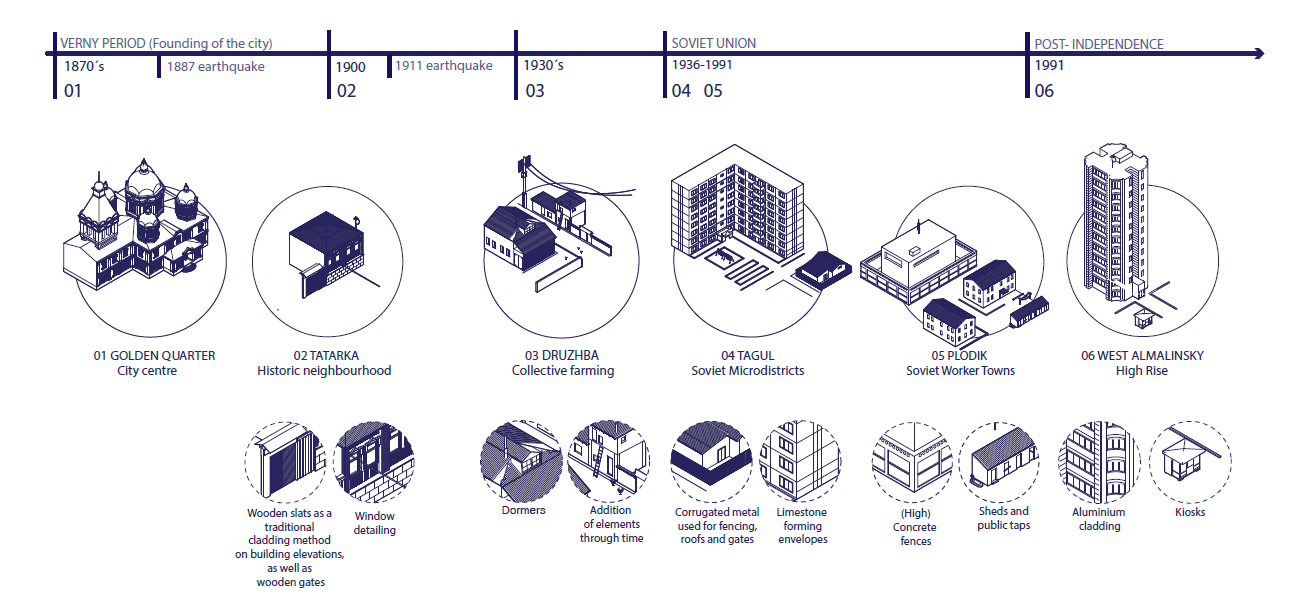
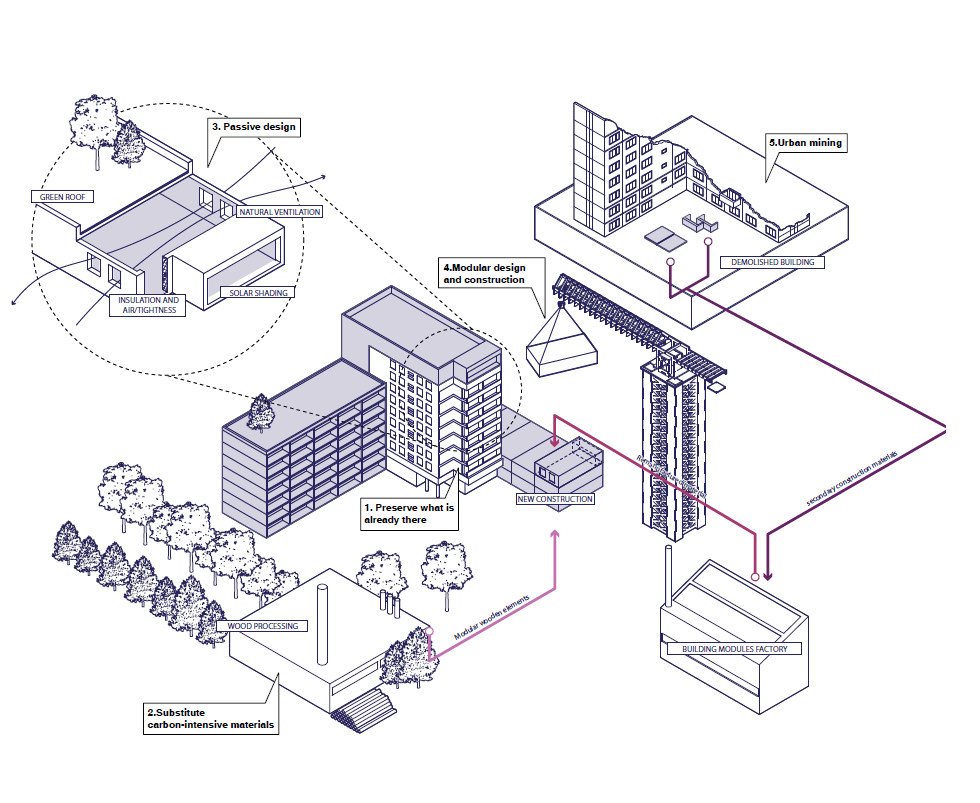
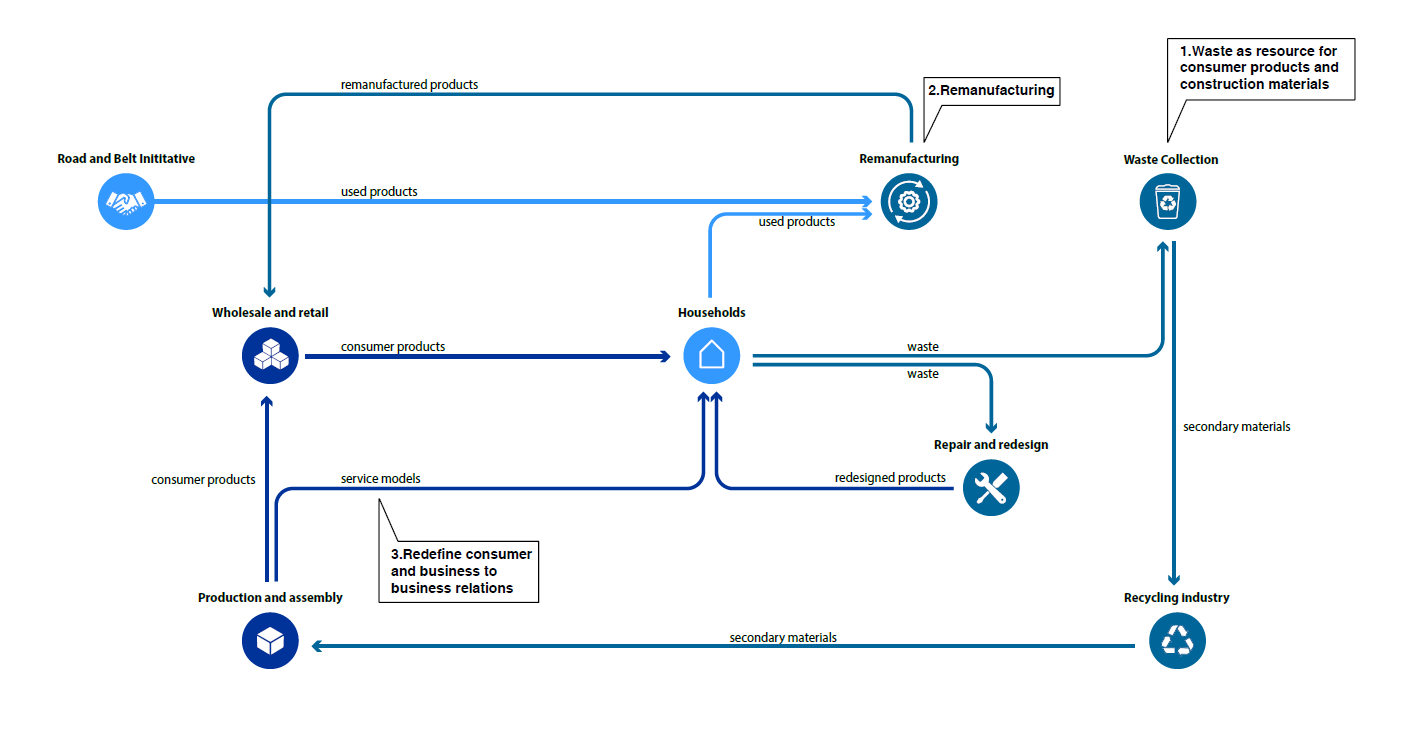
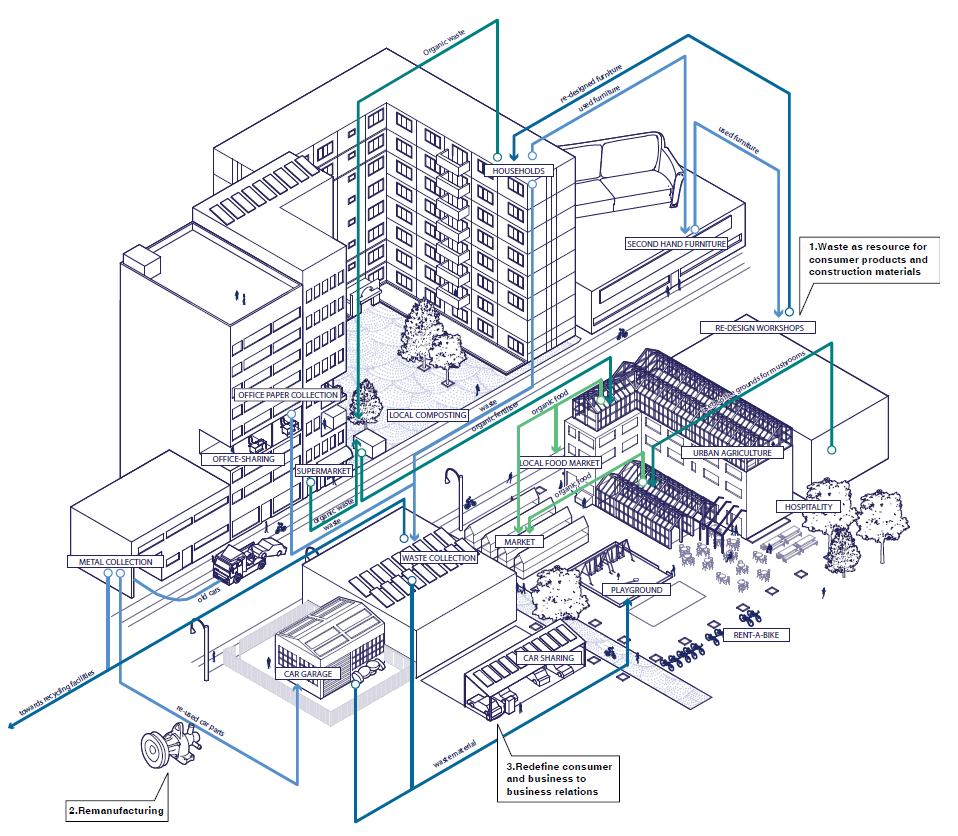
Photos






